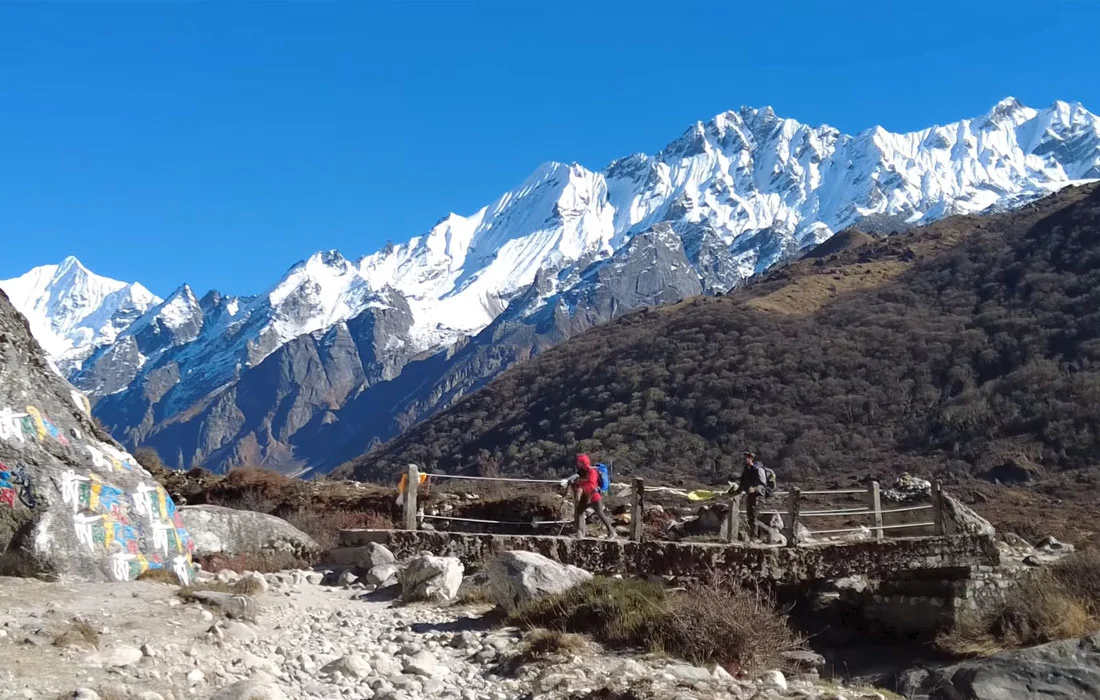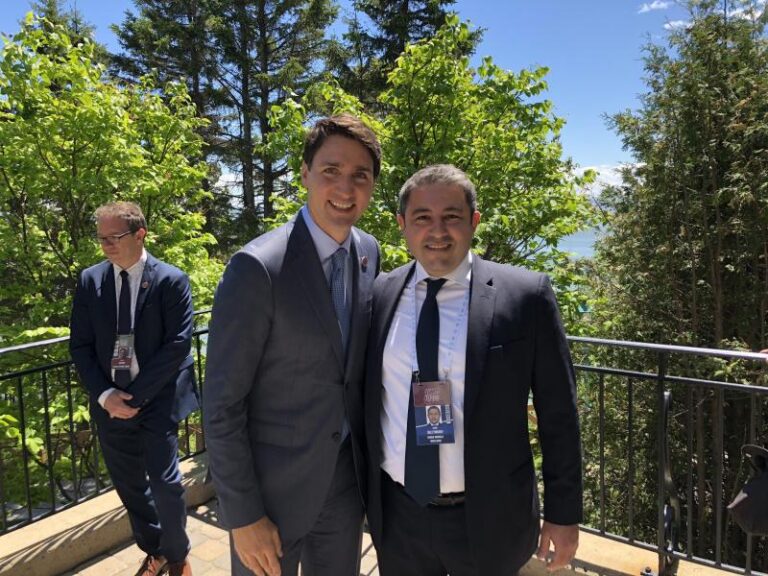
Nepal’s Langtang region offers two remarkable trekking experiences – the culturally rich Langtang Valley Trek and the spiritually significant Gosaikunda Trek. While geographically close, these routes present distinct landscapes, challenges, and cultural encounters that appeal to different types of trekkers. Both journeys begin within a few hours’ drive from Kathmandu, yet transport visitors to vastly different Himalayan environments.
The Langtang Valley Trek winds through traditional Tamang villages and lush forests to glacial valleys, while the Gosaikunda Trek ascends to sacred alpine lakes revered by both Hindus and Buddhists. Understanding their differences helps travelers select the experience matching their interests, whether seeking cultural immersion, spiritual discovery, or specific mountain vistas. Both treks offer rewarding alternatives to Nepal’s more crowded routes, with good infrastructure and breathtaking scenery.
Trek Difficulty and Duration Comparison
The Langtang Valley Trek typically requires 7-9 days, covering about 65km with a maximum elevation of 3,870m at Kyanjin Ri. Its moderate difficulty level makes it accessible to most fit trekkers, with steady but manageable elevation gains. The trail involves regular ascents and descents through valleys, with no technical climbing sections. In contrast, the Gosaikunda Trek spans 5-7 days but includes steeper climbs to elevations exceeding 4,600m at Laurebina Pass.
Gosaikunda’s higher altitudes and rapid elevation gain make it more physically demanding, particularly the ascent to the sacred lakes. While shorter in duration, the trek’s steep sections and thinner air at altitude require better acclimatization. Langtang Valley’s more gradual profile allows for easier adjustment to elevation, making it preferable for those new to high-altitude trekking or with limited time for acclimatization.
Scenery and Landscape Features
Langtang Valley’s landscapes transition dramatically from subtropical forests to alpine meadows and glacial moraines. The trail follows the Langtang River through rhododendron and bamboo forests before opening into dramatic valleys with views of Langtang Lirung (7,227m). Kyanjin Gompa sits surrounded by glaciers and snow peaks, offering some of Nepal’s most accessible high mountain scenery without extreme altitude.
Gosaikunda’s terrain focuses on high-altitude lakes and rugged passes, with the sacred Gosaikunda Lake (4,380m) as its centerpiece. The trail passes through Helambu’s rolling hills before climbing above treeline to rocky alpine zones with panoramic Himalayan views. While lacking Langtang’s glaciers, the trek offers unique spiritual atmosphere and dramatic highland vistas stretching to the Annapurnas on clear days.
Cultural Experiences
Langtang Valley provides intimate encounters with Tamang culture, an ethnic group with Tibetan roots. Villages like Langtang and Mundu showcase traditional stone houses, Buddhist monasteries, and distinctive customs. The 2015 earthquake’s impact remains visible, adding poignant context to the resilient local communities. Many teahouses are family-run, offering authentic hospitality and homemade yak cheese.
Gosaikunda holds deep religious significance as the site where Hindu god Shiva created sacred springs. During the August full moon, thousands of pilgrims visit the lakes, creating a vibrant spiritual atmosphere. The trail passes through Sherpa and Tamang villages in the lower sections, with Buddhist chortens and Hindu shrines appearing side by side. This unique blend of cultures and religions makes the trek particularly fascinating during festival seasons.
Best Time to Visit
Both treks share similar optimal seasons – spring (March-May) and autumn (September-November). Spring brings blooming rhododendrons to Langtang’s forests and clearer trails before monsoon, while autumn offers stable weather and excellent mountain views. Langtang Valley remains accessible year-round, with winter treks possible though colder. Monsoon season (June-August) makes both trails muddy but brings lush vegetation.
Gosaikunda’s higher elevations make winter trekking more challenging due to snow on the passes. The lakes often freeze from December to February, creating a dramatically different but beautiful landscape. August’s Janai Purnima festival draws crowds to Gosaikunda, offering a unique cultural experience but requiring advance bookings. Langtang sees more consistent visitor numbers throughout peak seasons without major fluctuations.
Accommodation and Facilities
Langtang Valley’s teahouses have steadily improved since the earthquake, with comfortable lodges in larger villages like Langtang and Kyanjin Gompa. Facilities remain basic but adequate, with shared bathrooms common and solar-powered electricity in most places. The valley’s longer trekking history means more established services, including better-stocked bakeries and varied menu options.
Gosaikunda’s accommodations are more sparse, particularly near the lakes where simple lodges operate seasonally. Lower elevation stops like Thadepati and Laurebina offer reasonable comfort, but higher up, facilities become quite basic with limited food choices. Trekkers should be prepared for colder nights at altitude and occasional dormitory-style sleeping arrangements during peak pilgrimage periods.
Permit Requirements and Costs
Both treks require the Langtang National Park entry permit, approximately 30$, and TIMS 20$. No special restricted area permits are needed, making them more affordable than some Nepali treks. Overall costs are similar, with daily teahouse expenses averaging $25-35, including meals and lodging.
Gosaikunda may involve slightly higher costs for guides in the high season due to greater demand from pilgrims. Langtang’s longer duration means higher total costs for the complete trek. Neither requires expensive flights like Everest region treks, keeping transportation costs low from Kathmandu. Budget-conscious trekkers will find both options significantly more affordable than Nepal’s more famous routes.
Wildlife and Natural Attractions
Langtang National Park protects diverse ecosystems hosting red pandas, Himalayan black bears, and over 250 bird species. The valley’s varied elevations create habitats from subtropical to alpine, with chances to spot langur monkeys in forests and blue sheep near Kyanjin Gompa. Spring brings spectacular wildflowers, while autumn offers clearer wildlife viewing as vegetation thins.
Gosaikunda’s higher alpine environment supports different species, including Himalayan thars and numerous migratory birds visiting the lakes. The sacred lakes themselves are the main natural attraction, with their striking blue waters surrounded by rugged peaks. Unique high-altitude vegetation includes medicinal herbs used in traditional practices, adding botanical interest to the spiritual significance.
Itinerary Options and Combinations
Standard Langtang Valley itineraries allow time to explore side valleys and ascend viewpoints like Kyanjin Ri or Tsergo Ri. Many trekkers add the beautiful Ganja La pass crossing for more challenge. The valley’s flexibility permits shorter or longer variations depending on interests and available time.
Gosaikunda treks often combine with Helambu Circuit for a more comprehensive experience. The classic route can be completed in as little as five days from Dhunche, or extended to include all three main lakes. Adventurous trekkers sometimes link both treks via the challenging Ganja La pass, creating a 12-14 day circuit showcasing the region’s diversity.
Safety Considerations
Langtang Valley presents fewer altitude risks with its lower maximum elevation, though proper acclimatization remains important. The trail is well-marked with frequent teahouses, making navigation straightforward. Landslide areas require caution, especially after rain. Gosaikunda’s higher elevations demand more careful altitude management, particularly when crossing Laurebina Pass.
Both treks are generally safe with basic precautions. Weather changes rapidly at higher elevations, making layered clothing essential. While emergency services exist, they’re less developed than in more popular trekking regions, emphasizing the need for self-sufficiency and conservative decision-making in the mountains.
Conclusion
Choosing between Langtang Valley and Gosaikunda depends largely on personal interests and trekking preferences. Langtang offers deeper cultural immersion, more varied landscapes, and gentler altitudes ideal for first-time trekkers. Gosaikunda provides a more spiritually charged experience with dramatic high-altitude scenery better suited to those seeking challenge and pilgrimage atmosphere.
For travelers with time, combining both treks creates a comprehensive Langtang experience showcasing the region’s full diversity. Whichever route you choose, these less-crowded alternatives to Nepal’s famous trails deliver authentic Himalayan adventures with stunning scenery and rich cultural encounters. Both promise unforgettable mountain memories while supporting local communities still rebuilding after the 2015 earthquake.
Keep an eye for more latest news & updates on Well Known Figure!





